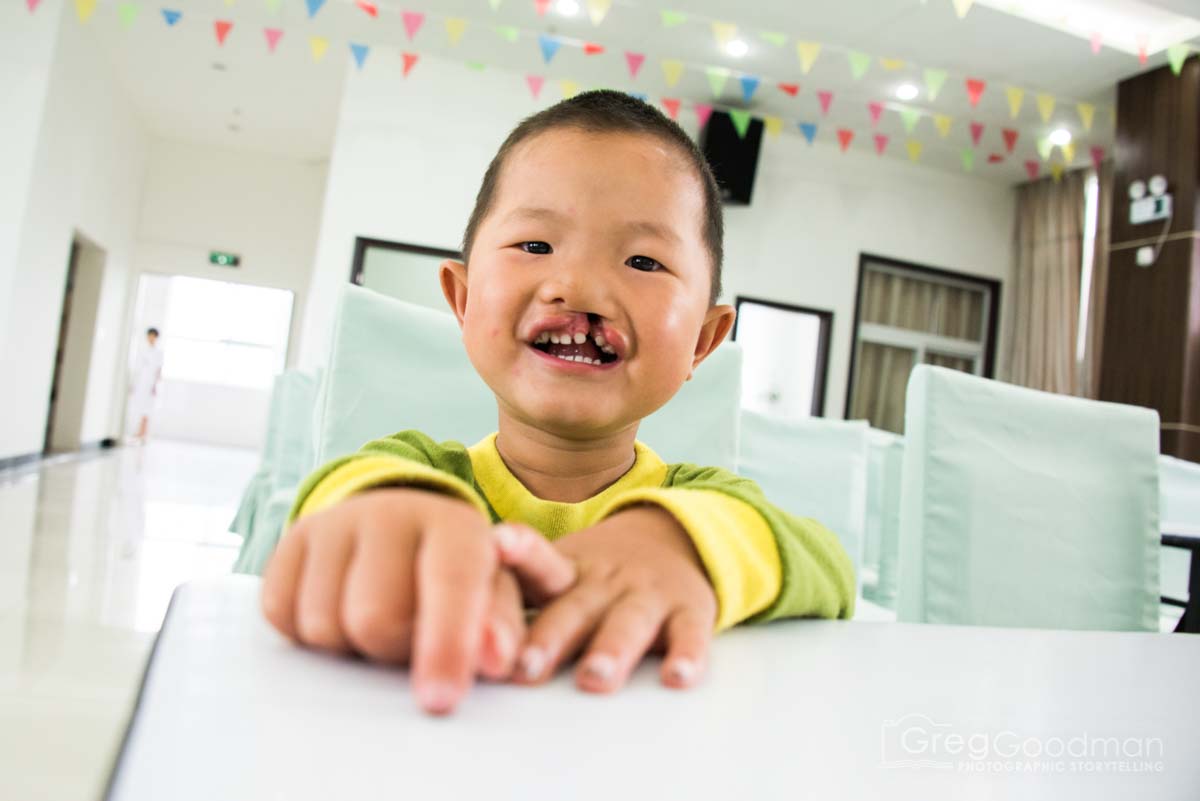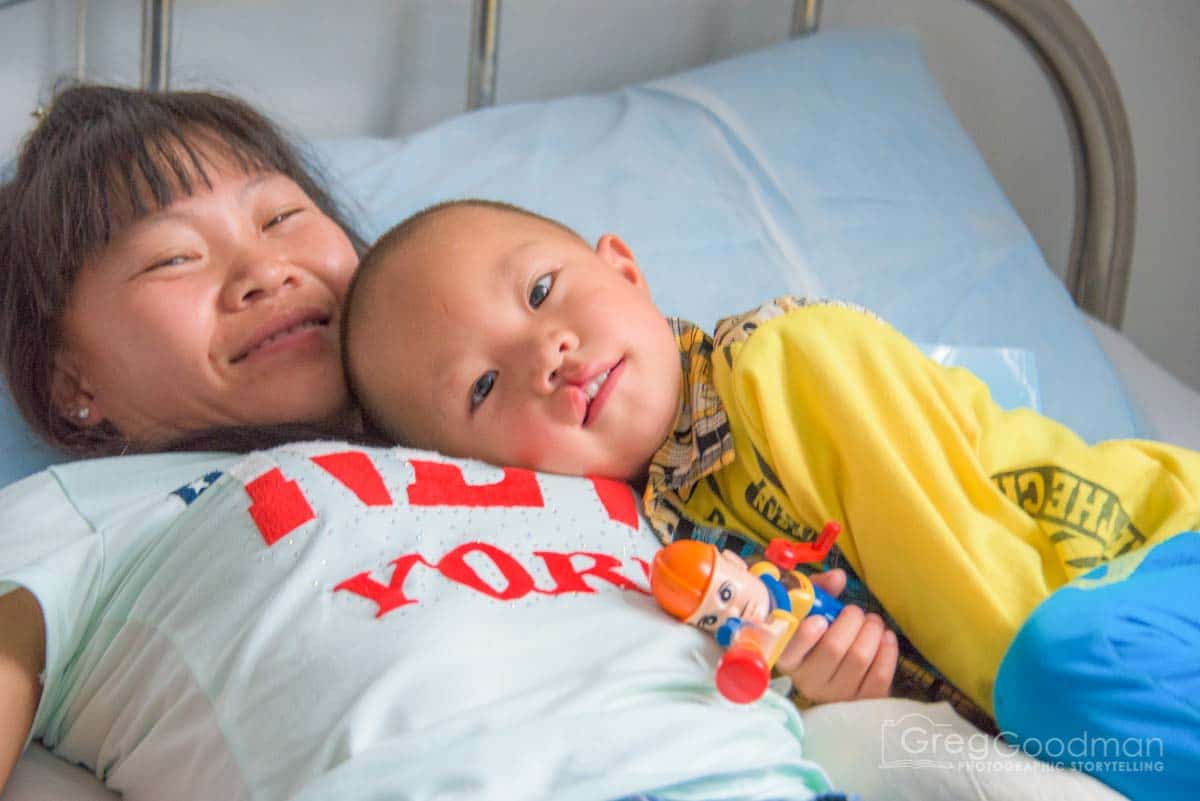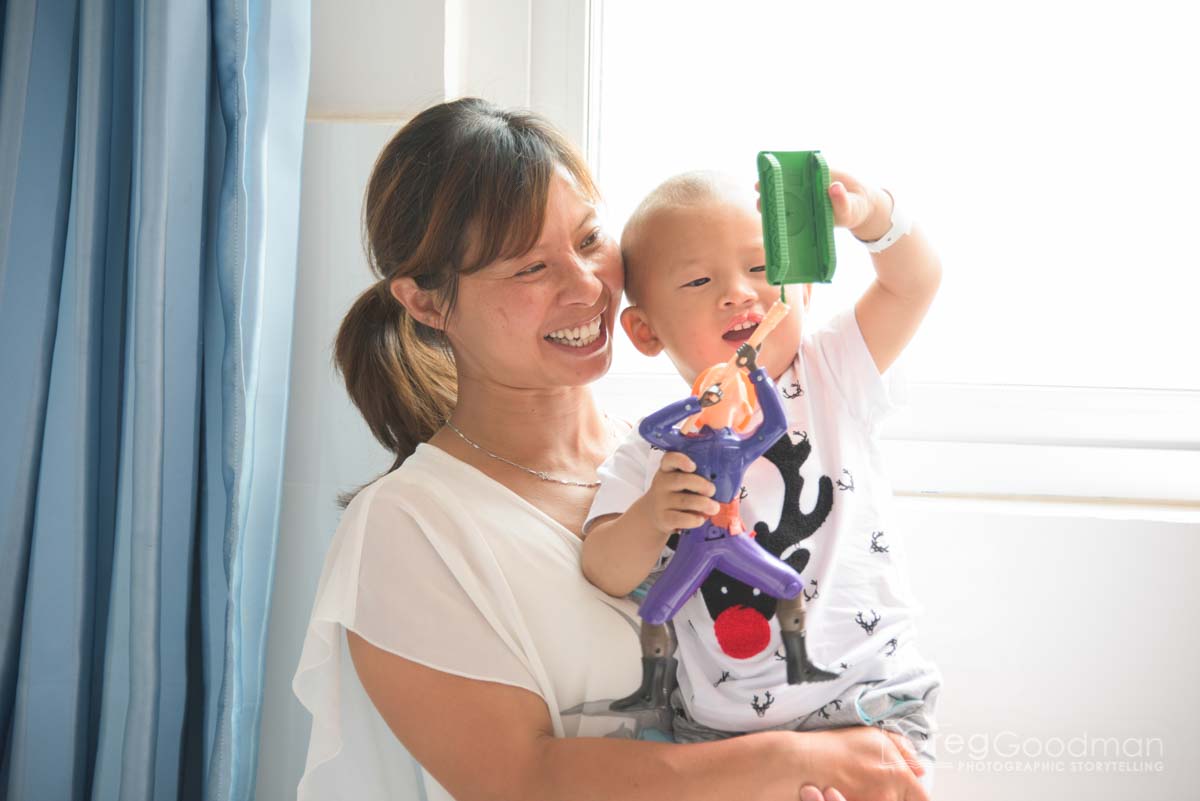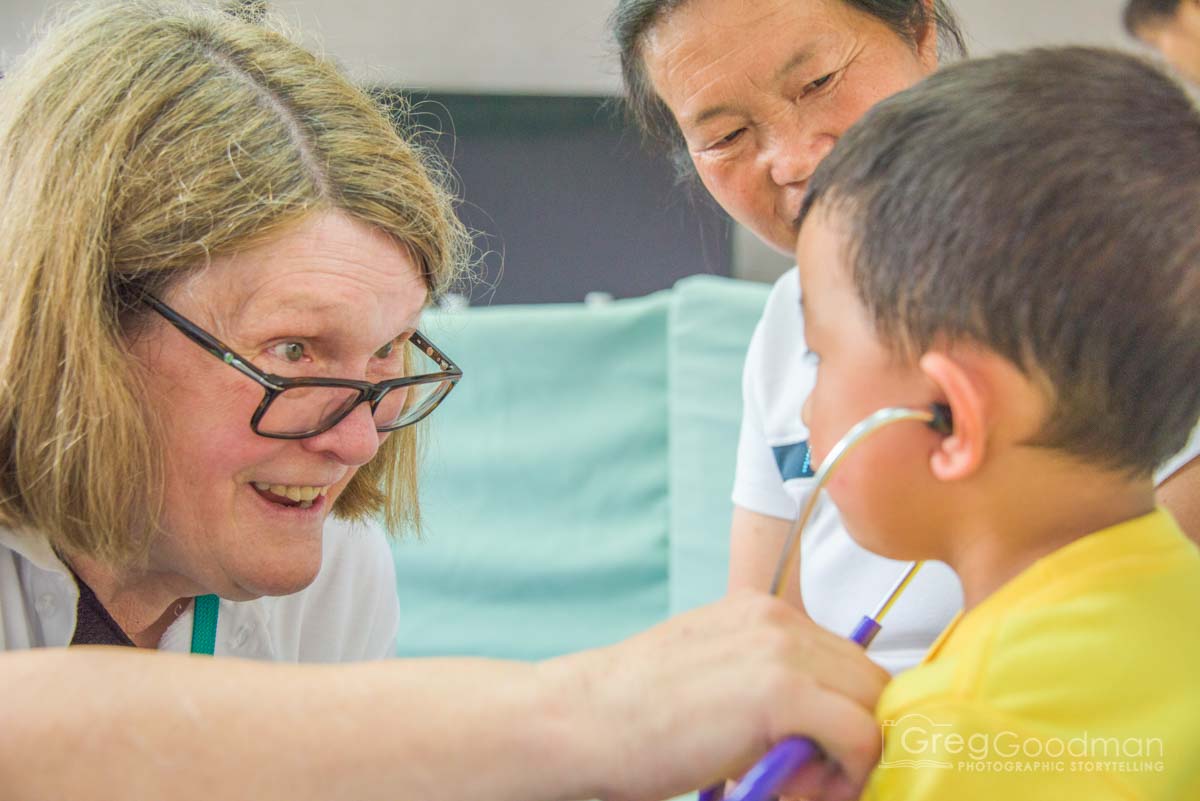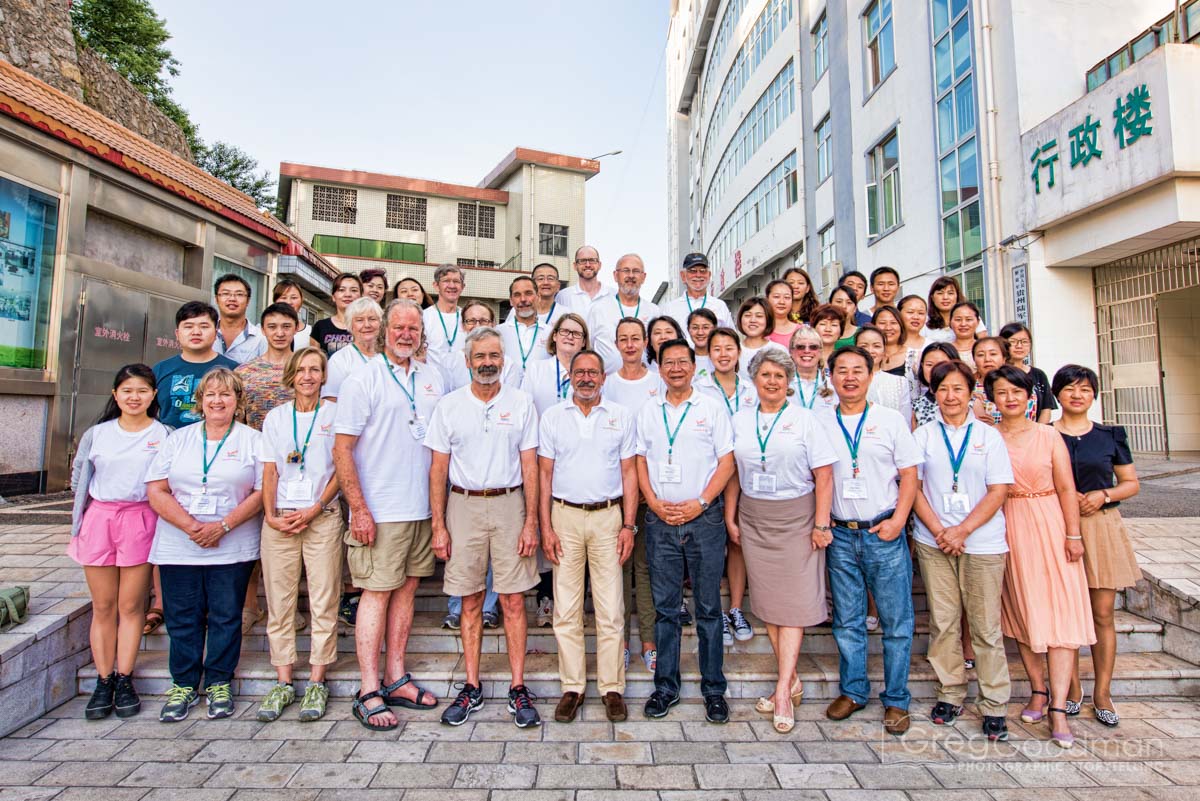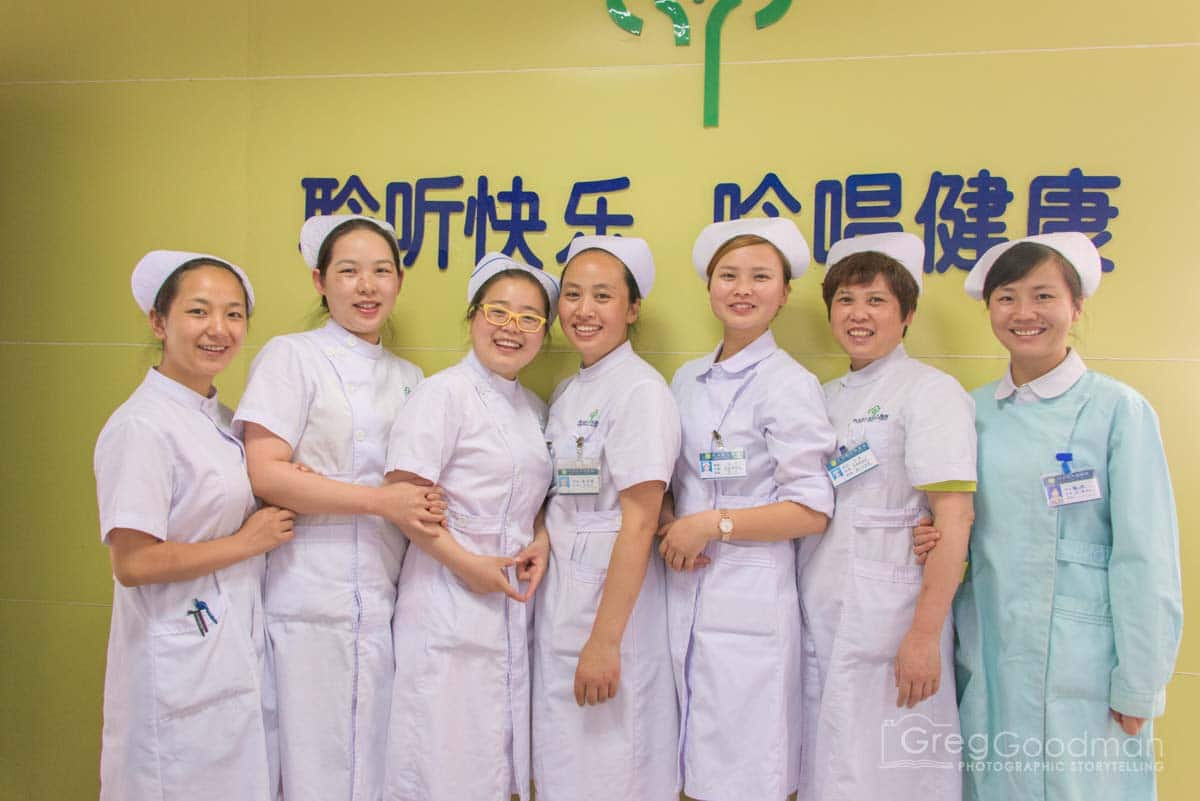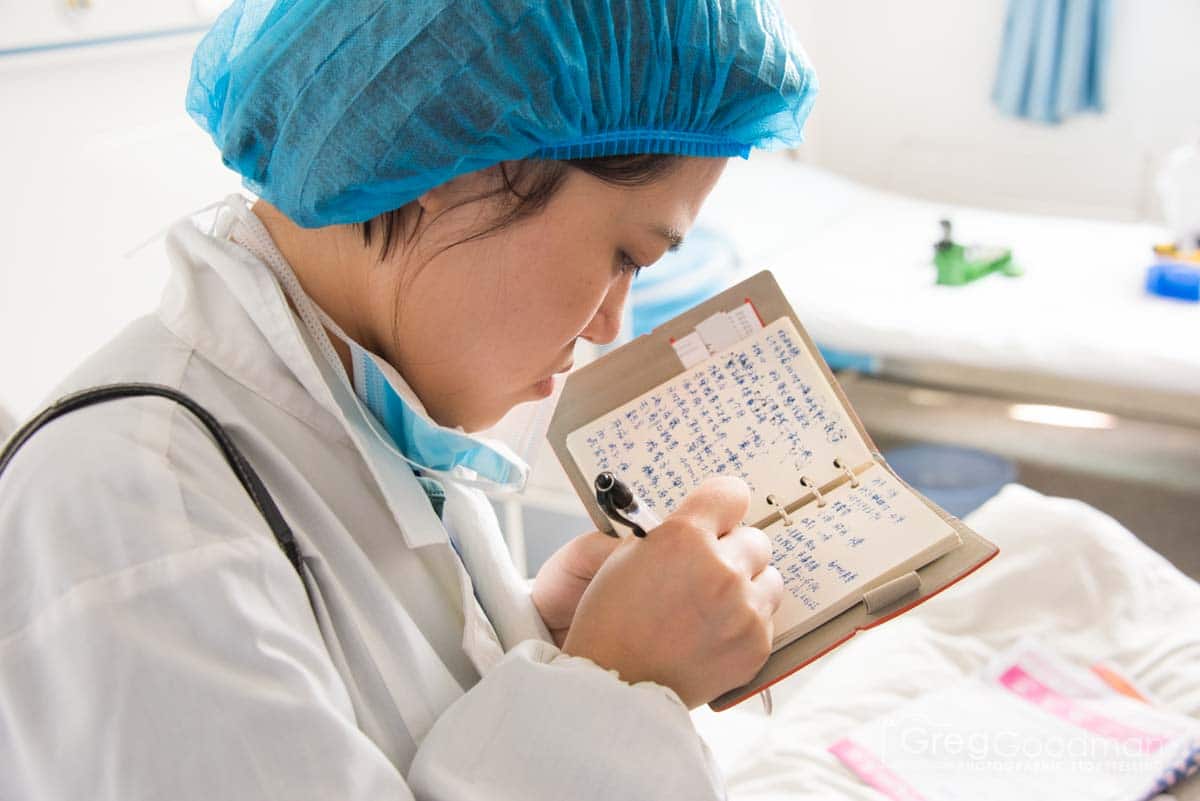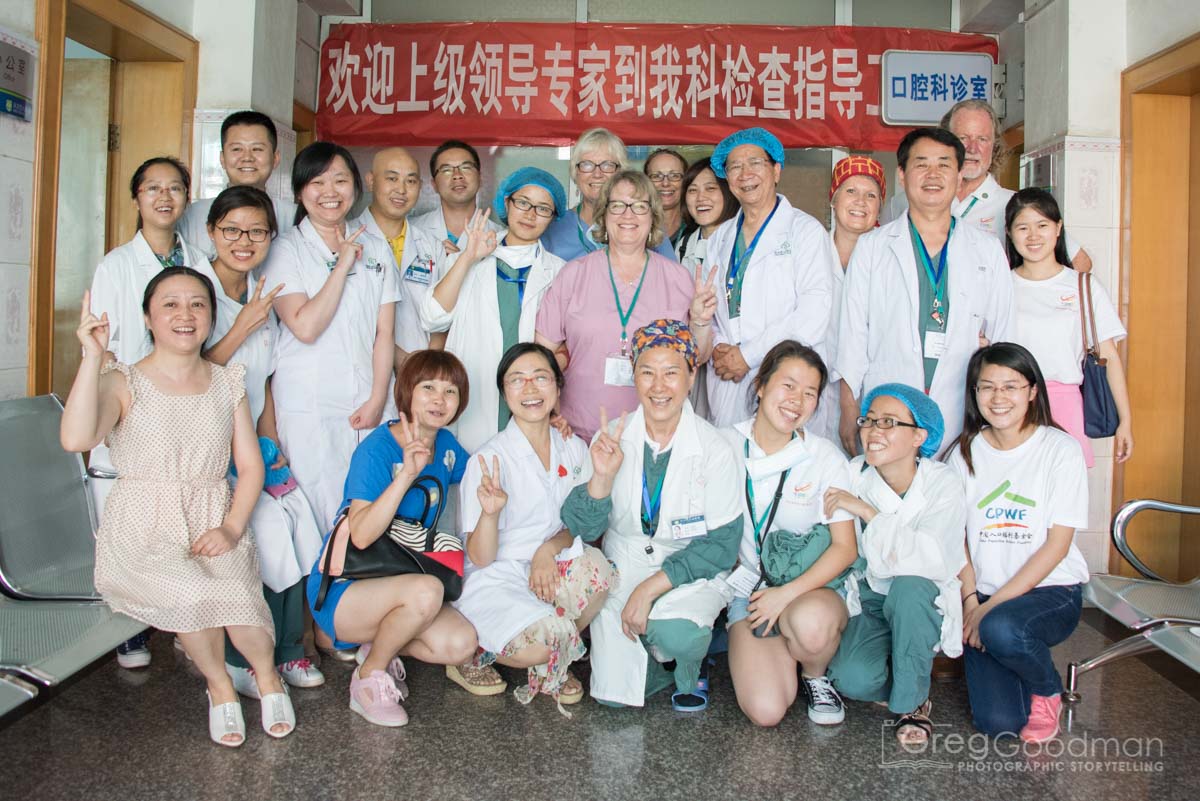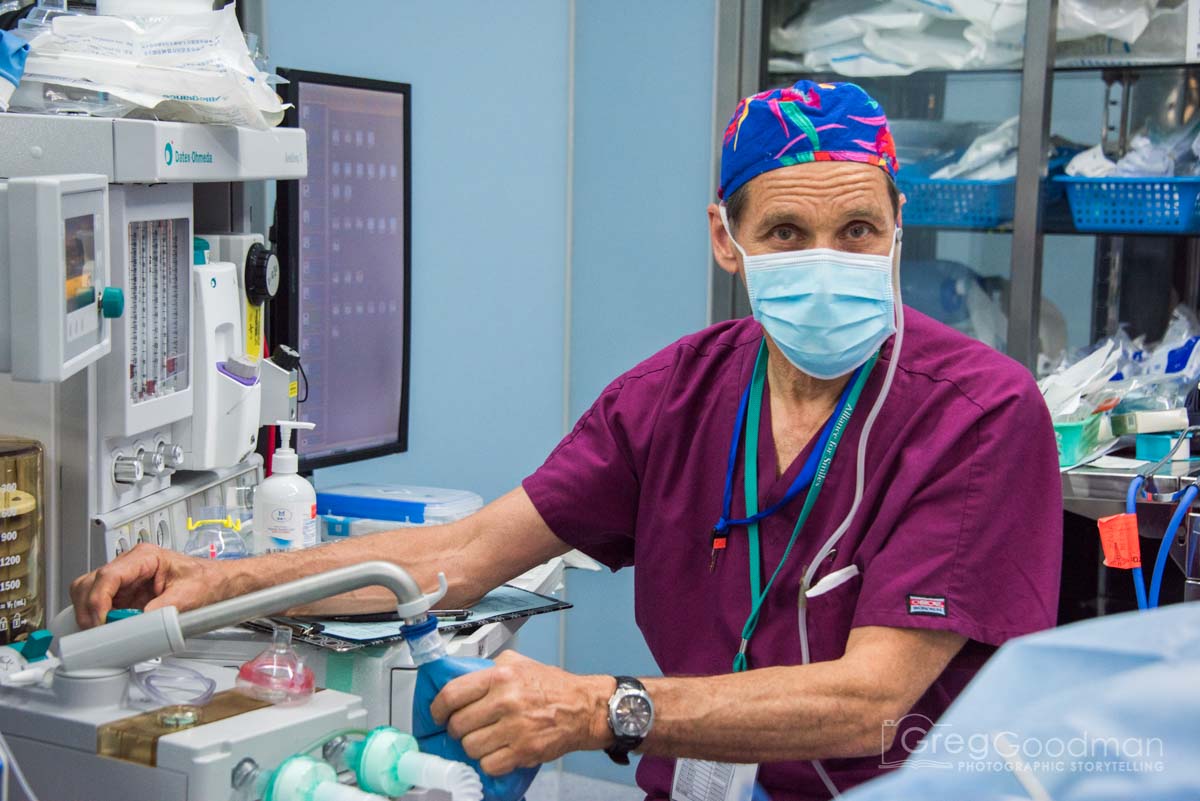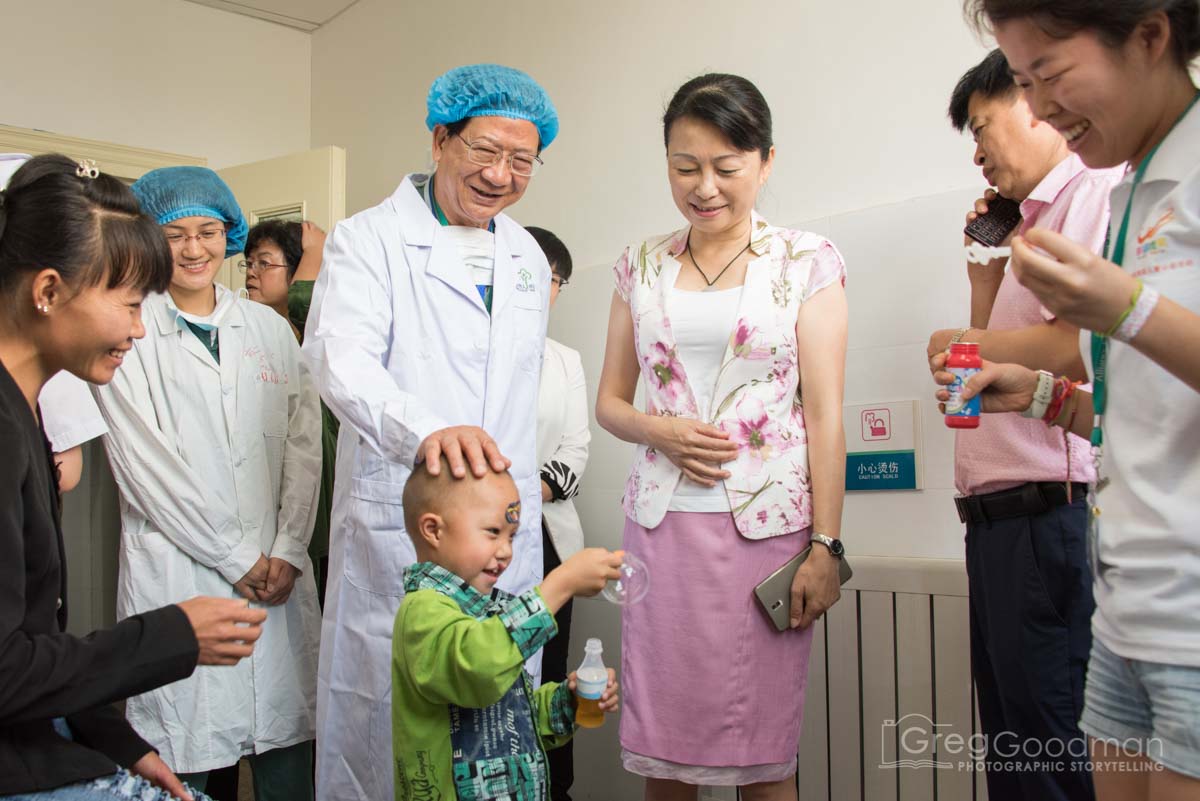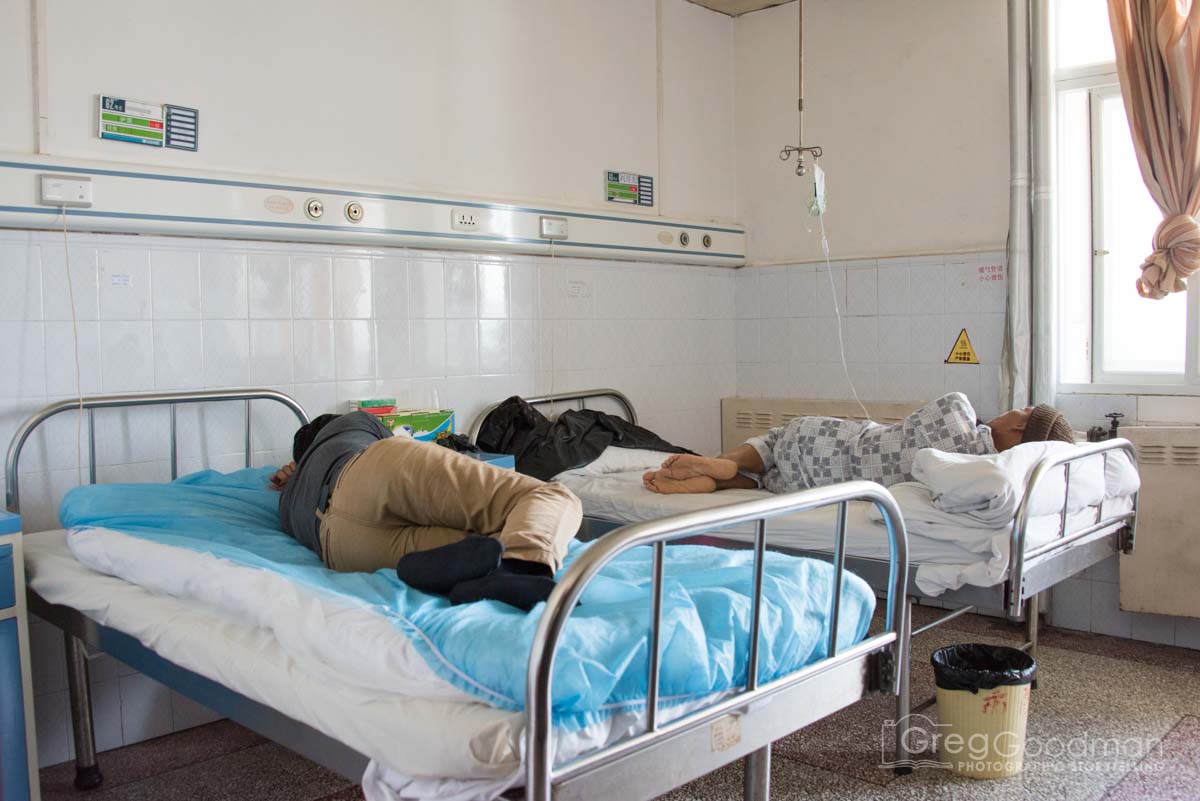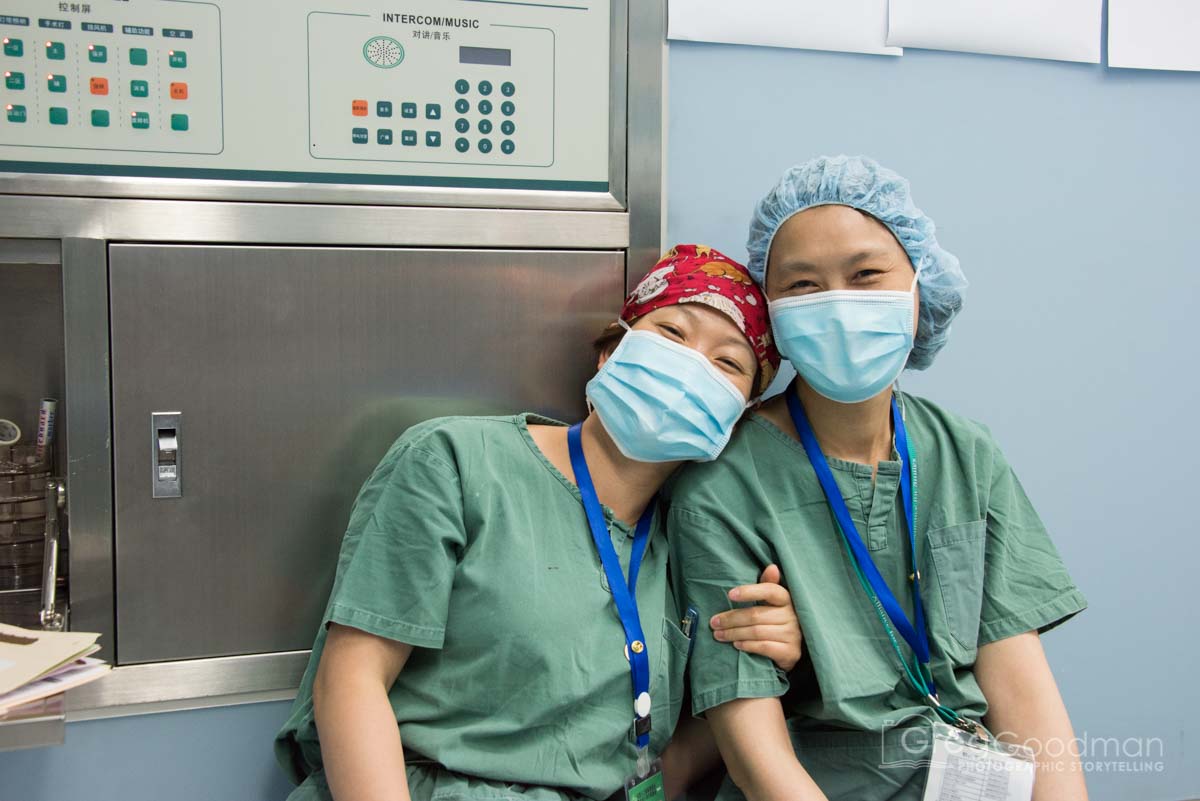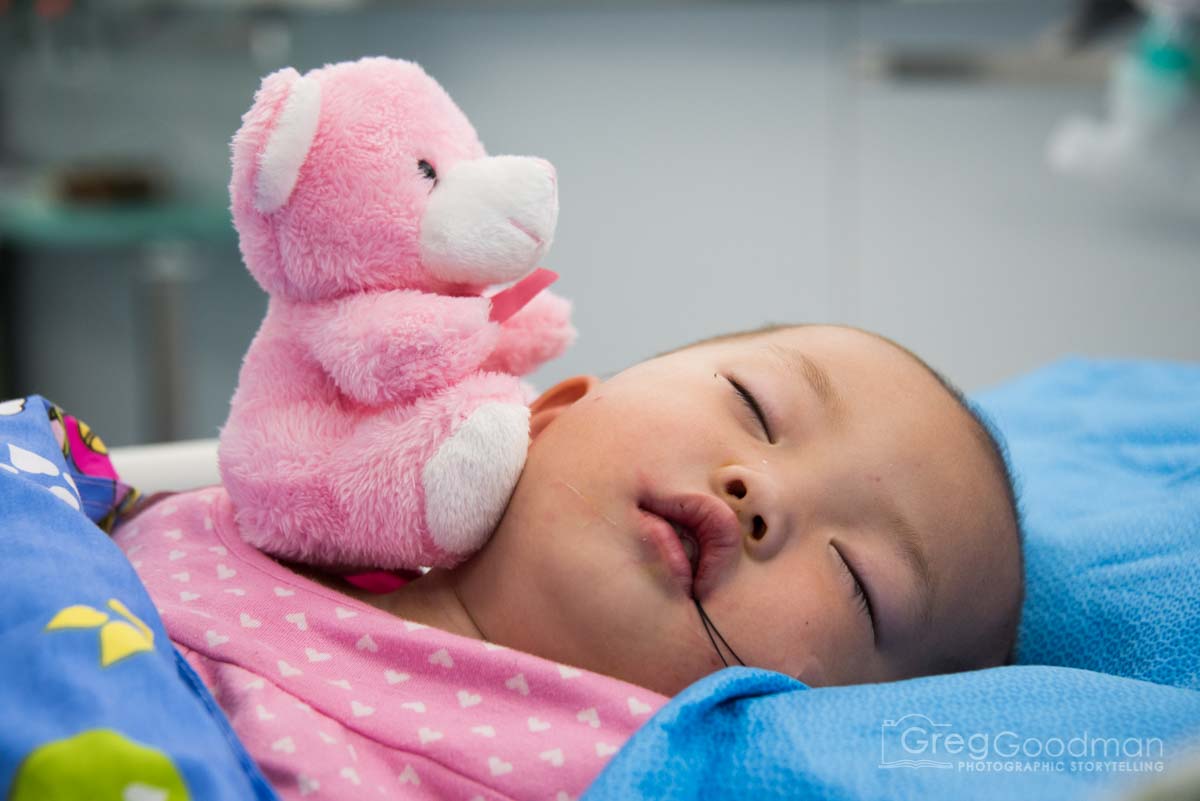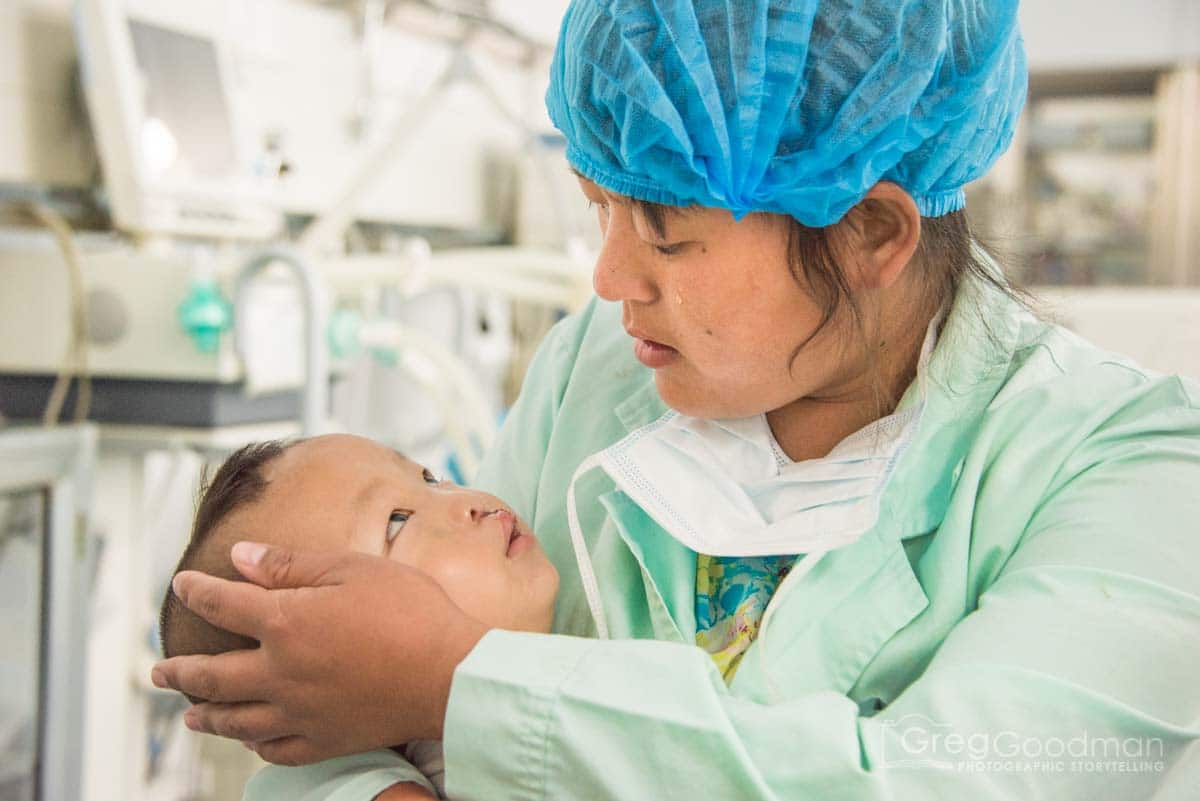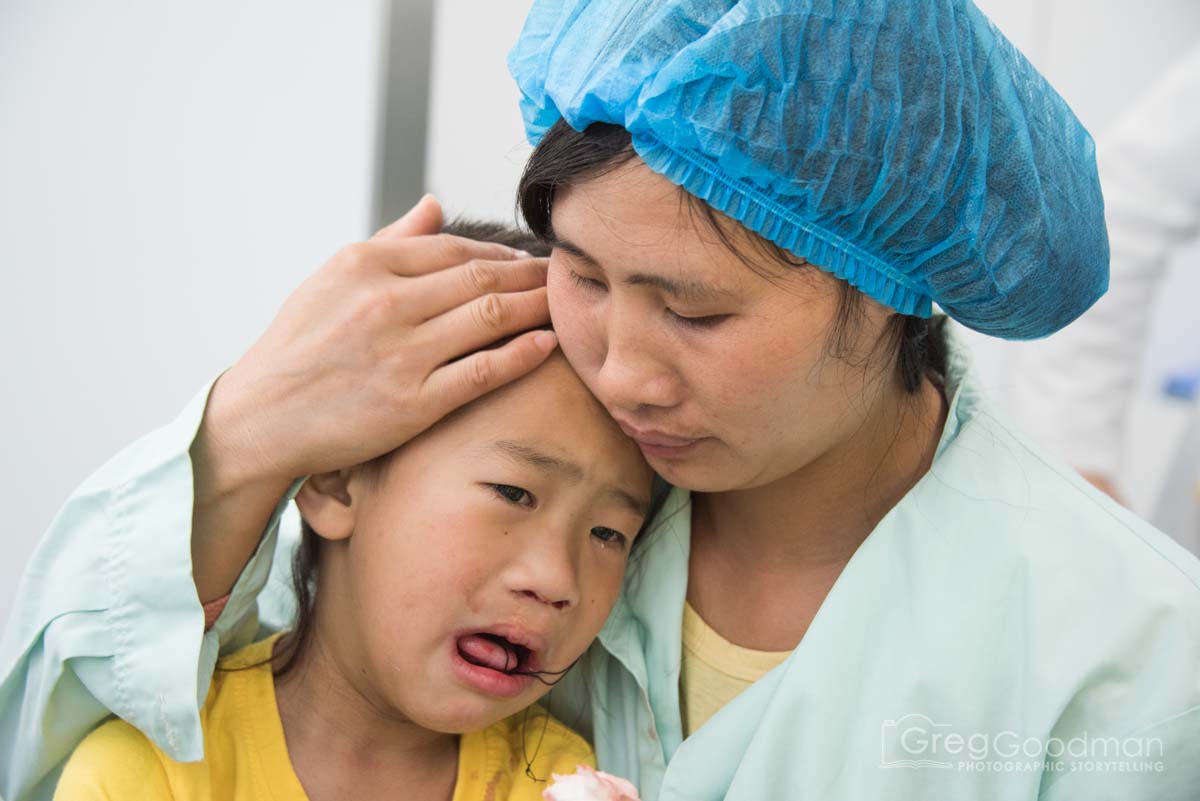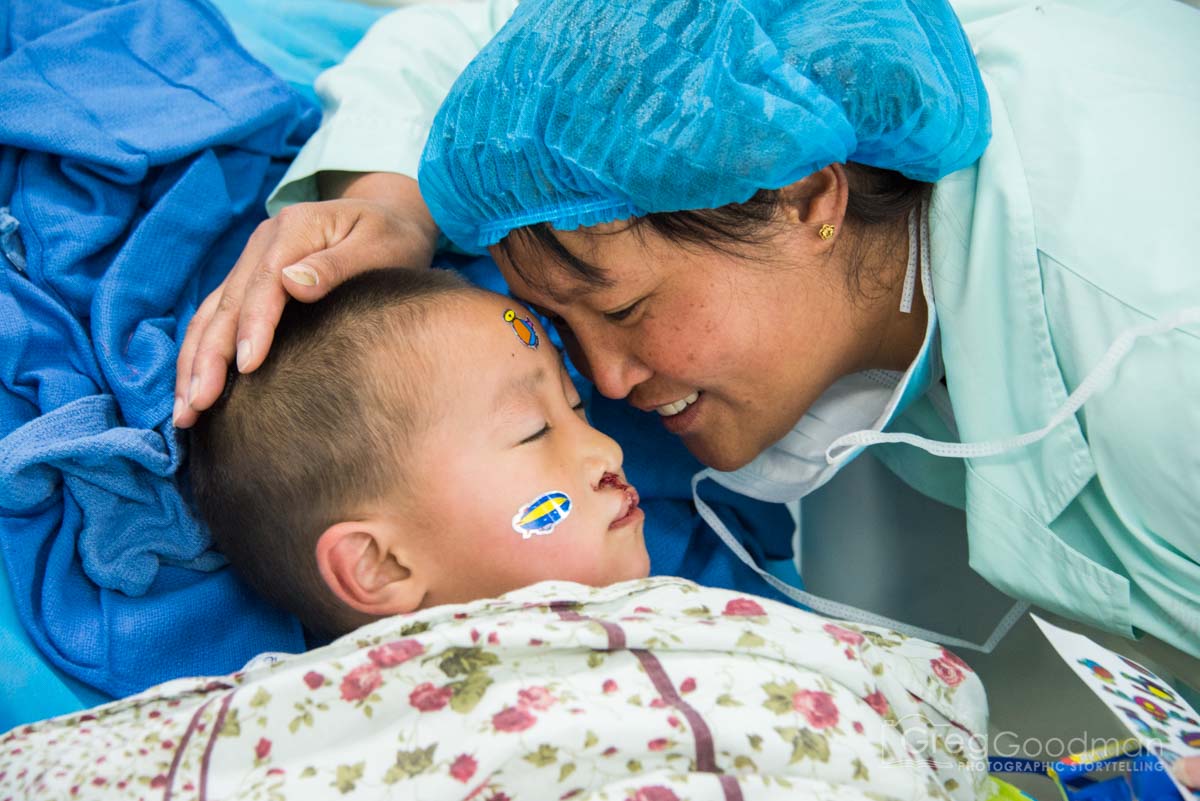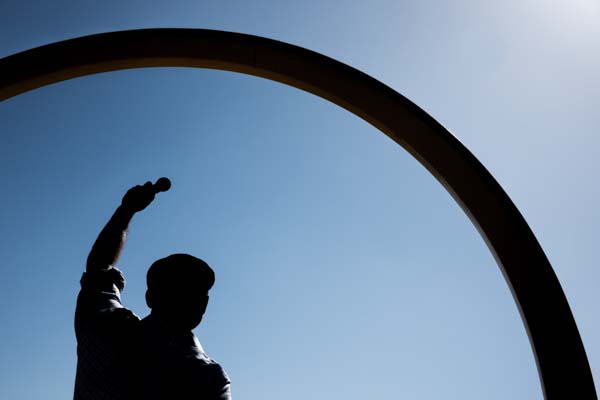Imagine going through life with a hole in your lip or the roof of your mouth.
Your family is quite poor – so, an operation to correct it is out of the question.
But, what if a team of international doctors suddenly offered you free surgery?
That’s exactly what Alliance for Smiles makes possible for children around the world.
What is Alliance for Smiles?
Alliance for Smiles (AfS) is a San Francisco-based non-profit that provides free cleft lip and palate surgeries to impoverished children around the world.
During each mission, AfS works directly with the local hospital staff to exchange ideas on proper medical techniques, procedures and follow-up care.
Additionally, Alliance for Smiles helps establish and maintain permanent centers to provide follow-up treatment and continuing care to children who have received surgery.
To see the life-changing miracle AfS provides, please watch this short video…
A Medical Mission to China
Last month, I was honored to join Alliance for Smiles on a medical mission to Xingyi, China.
Our goal was simple: provide life-changing surgery to as many children as possible.
In reality, they were the ones changing our lives.
Every day, our patients greeted us with toothy grins, waves and hugs.
We may have provided them with a free medical procedure; but, the love and joy they gave us in return is unquantifiable.
What is a cleft lip and palate?
Cleft lips and cleft palates are birth defects that occur when a baby’s lip or mouth do not form properly during pregnancy.
A cleft lip happens if the tissue that makes up the lip does not join completely before birth. This results in an opening in the upper lip; which can be a small slit or it can be a large opening that goes through the lip into the nose.

What causes cleft lip and palate?
In most cases, the cause of cleft lip and cleft palate is unknown – and cannot be prevented. Most scientists believe clefts are due to a combination of genetic and environmental factors. In some cases, hereditary factors can play a small role. ²
How is it fixed?
For most patients, surgery can improve breathing, hearing and speech and language development – as well as the look and appearance of their face. For cleft lips, surgery is recommended within the first year of a child’s life. For cleft palates, the recommended timetable is 18 months.
Many children will need additional surgical procedures as they get older. Some also might need other types of treatments and services: such as special dental or orthodontic care or speech therapy. ³
My Experience as Team Photographer
Being a part of this mission was one of the most humbling, inspirational, emotional, motivational, joyful and unforgettable experiences of my life.
Coming in, the requirements sounded easy enough: photograph the children and their families before, during and after surgery.
I assumed there would be some overpowering moments; and, that I might see some intense “medical things.”
But, what I couldn’t have predicted was how each child would touch my heart and forever enrich my life… even the crying screamers.
Such Courage and Strength
Our patients are the bravest children I’ve ever met.
It’s undeniable that life dealt them a very difficult hand. Yet, I saw no evidence of animosity or hard feelings in the joyfully happy faces I encountered.
Instead, I was awestruck to find a group of adorable, gentle, precocious, sometimes hysterical, sometimes inconsolable, funny, cute and smiling kids.
During the opening clinic, laughter echoed through the halls; as children were busy running, grinning, playing and hugging their adoring parents or guardians.
Days later, while waiting for their surgery or recovering from it, many of our patients were STILL smiling. Sure, their stitches made it a bit tougher; but, the twinkle in their eyes was still there.
A Bond For Life
Over the course of the mission, a few children found an extra special place in my heart.
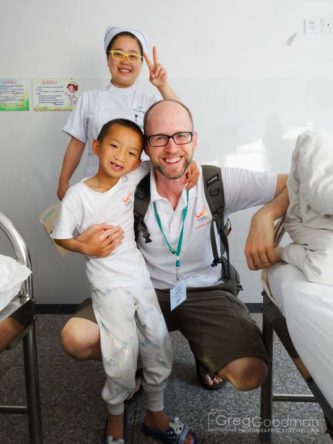
I know you’re not supposed to pick favorites… but, my friendship with Wang JinYue (right) ensured that I did.
Although there was no common language, we formed a bond through waves, smiles, high-fives, toys and coloring books.
JinYue loved to be photographed, and he hammed it up every time I saw him… even while laying in his post-op bed with a mouth full of stitches
The goodbye hug I received from JinYue is now one of my life’s most cherished memories.
What were my days like?
During the nine days I spent in the OR, my schedule looked something like this:
6:00 am – Wakeup
6:30 am – Breakfast at the hotel
7:30 am – Bus to the hospital
8:15 am – Take “before” photos of the inside of each patient’s mouth… while they lay unconscious the operating room table.
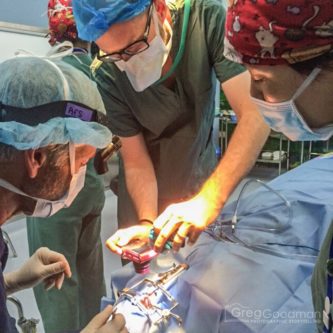
9:30 am – 4:30 pm…
- Take an “after” photo of each patient before they wake up.
- Document the patient waking up and his/her reunion with mama.
- Edit photos.
- Work on a daily briefing newsletter.
- Repeat
12:00 pm – Lunch at the hospital
4:30 pm – Bus or walk home
5:30 pm – Try to finish writing and designing the newsletter.
7:00 pm – Dinner at the hotel
8:30 pm – Actually finish the newsletter and send it out.
9:30 pm – Go to sleep: exhausted, fulfilled and ready for tomorrow.
An International Team
Language barriers? Not on our mission!
Thanks to an amazing team of student translators – plus a highly skilled group of local doctors and nurses who speak the universal dialect of medicine – our international team operated like a well-oiled machine.
Sure, there were some bumps in the road and a few blank stares when something was misunderstood. There also were several cultural differences in hospital and patient management that had to be dealt with.
But, the most important fact is that 75 patients received successful surgery and went home with a clean bill of health. That sounds like a huge success to me!
Xingyi by the Numbers
In total, our surgeons completed 75 successful operations.
- 51 cleft lip
- 24 cleft palate
Meanwhile, our dentists provided 73 patients with free oral care.
- 52 extractions
- 42 composite fillings
- 48 cavity control procedures
Random Musings and Observations
I may have had the most fun job of all. I mean, who doesn’t like to get their photo taken? I smile – they smile – I show them the photo – they smile more. Meanwhile, the doctors and dentists get tears; as they poke, prod and inspect the children.
. . .
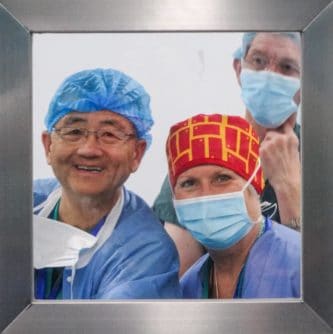
. . .
Hospital bathrooms are squatty potties, and doctors frequently drop their cell phones down the hole. When that happens, they simply call a maintenance worker who fishes it out and brings it to a special place to dry out. Personally, I’m not sure I’d ever want to use that phone again.
. . .
Did you know that patients who are unconscious under anesthesia can still cry?
. . .
Every time I saw a child outside the hospital, I expected to see a cleft lip. (for the record, they never did)
. . .
It’s like clockwork. No matter what time our surgeons start their operation – or how difficult their case is – both seem to finish at the same moment. This means I have to constantly run back and forth between the two ORs to ensure that I get both post-op photos.
Bubbles, Toys, Laughter and Smiles
If laughter is the best medicine, then our patients were on their way to recovery from the moment they arrived.
Shortly after checking in, each child was given a stuffed animal, toy airplane, rag doll, sticker, coloring book or whatever other age-appropriate gift we had hiding up our sleeves.
Later, upon waking up from surgery, our patients usually received another toy – this time to take their mind off any fear or pain they might be experiencing.
Watching the kids play with their new toys was a highlight for everyone.
Mama’s Reunion With her Baby
Imagine holding your precious baby in your arms; gazing down at her face for the first time since she underwent life-changing surgery.
If our loving families were any indicator, tears of joy and happiness would be streaming down your face.
Witnessing these incredibly personal, heartfelt, raw and pure moments was one of the most beautiful and humbling experiences of my life. Even now, a month later, I still am assimilating the wave of emotions.
OR Nurse Anne Partridge shared a similar experience.
“I’m usually just in the OR; so my connection is with the people in there,” said Anne. “To have the chance to be there when mama saw her baby for the first time… it will stick with me forever.”
EXPLORE SOMEWHERE NEW
BUY A PRINT
All photos on this site are available as limited edition fine art photographic prints. Please get in touch for sizes and rates.


